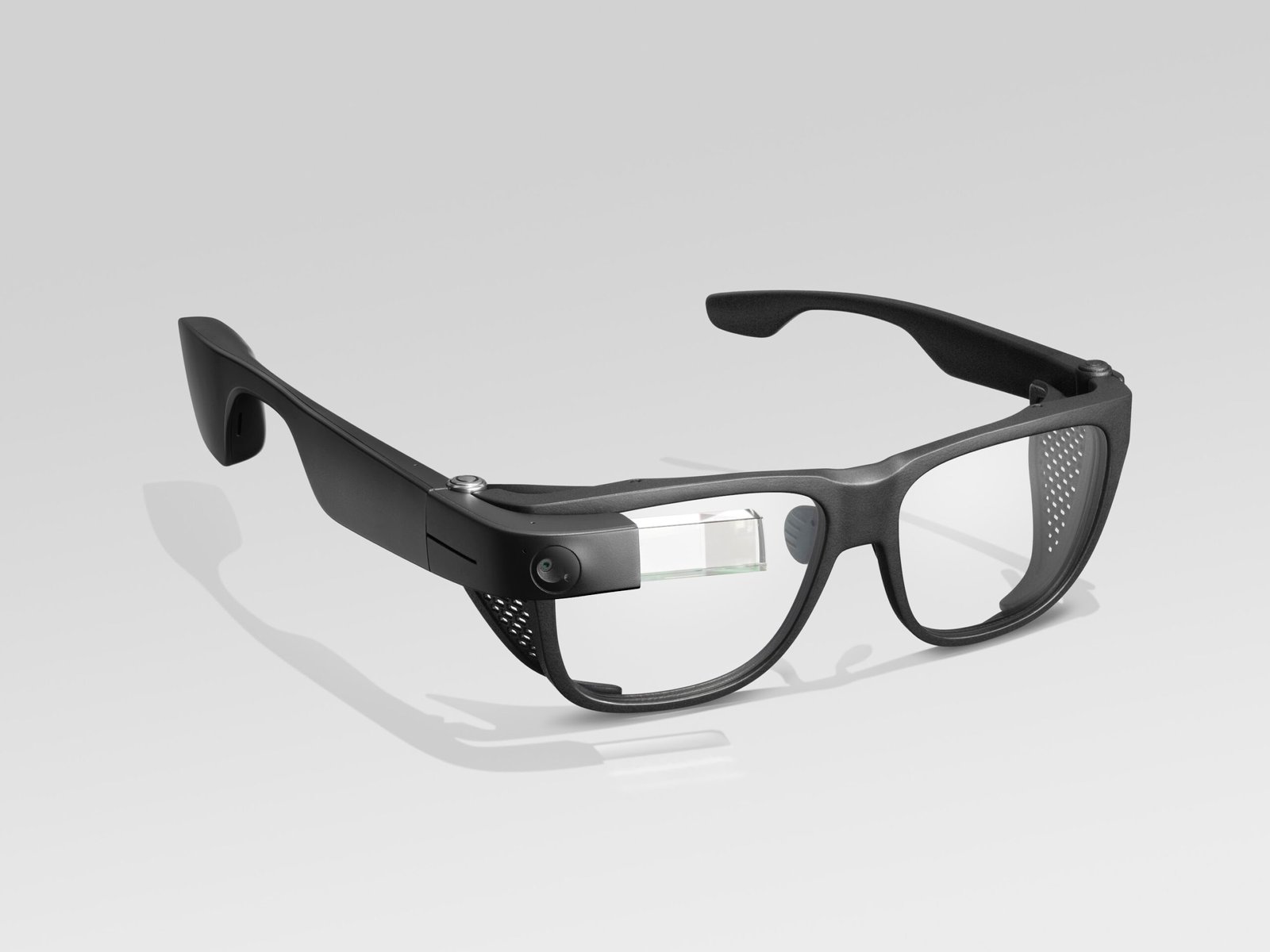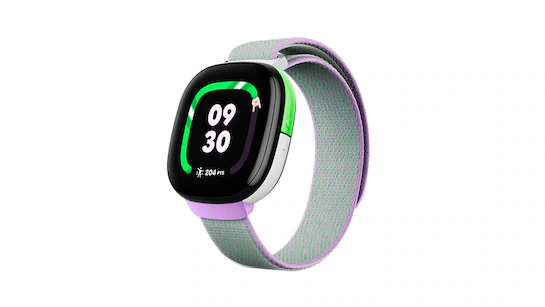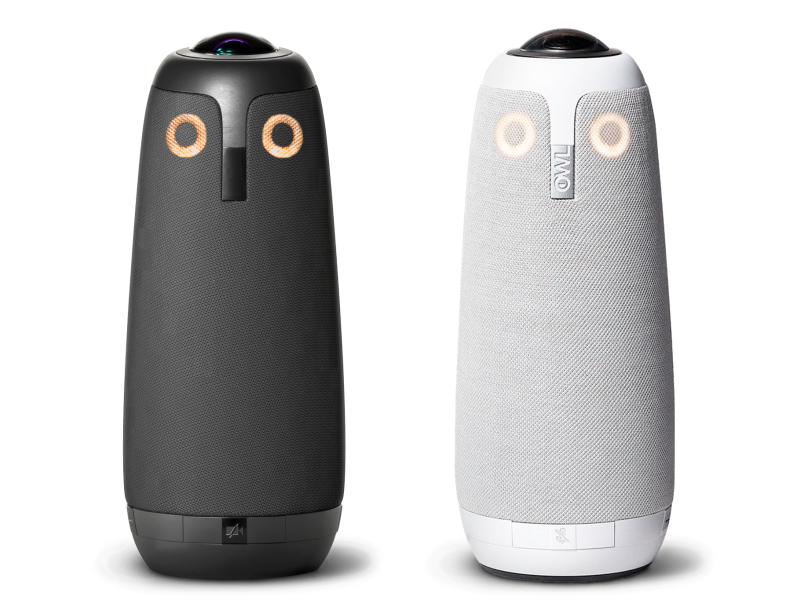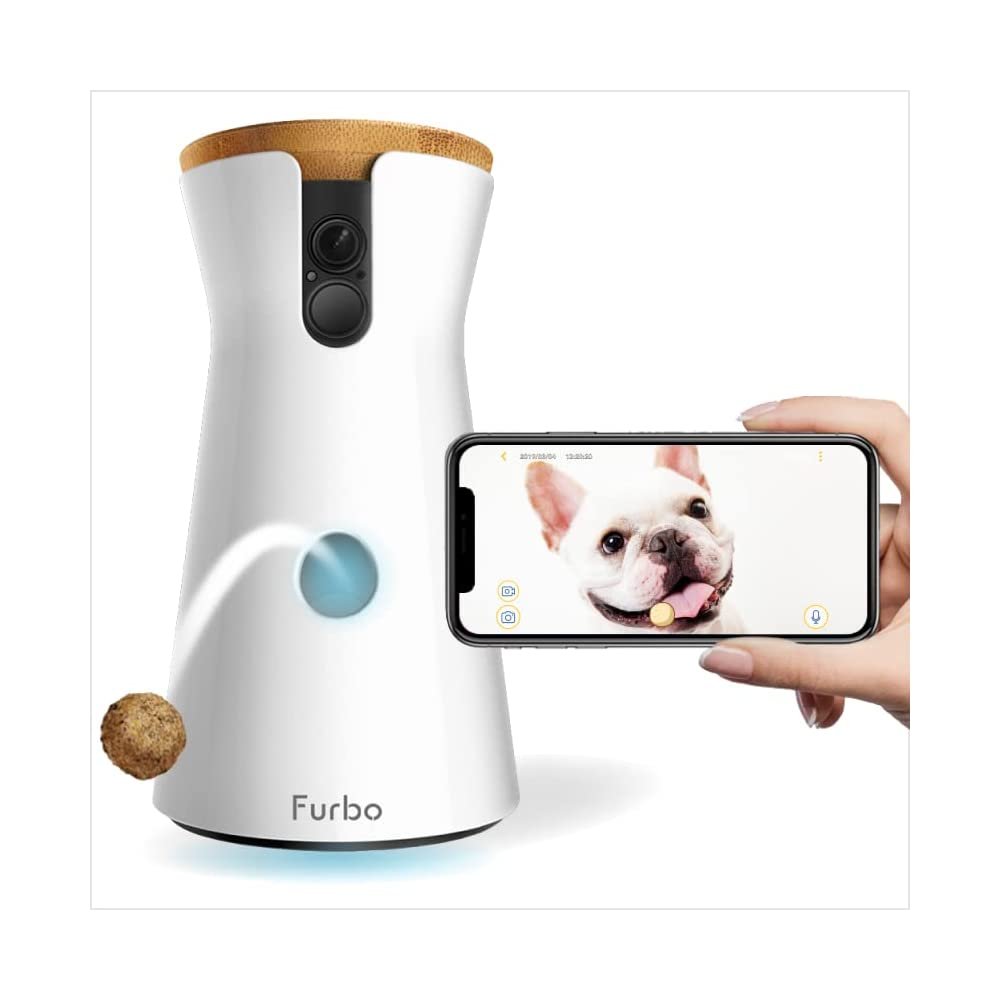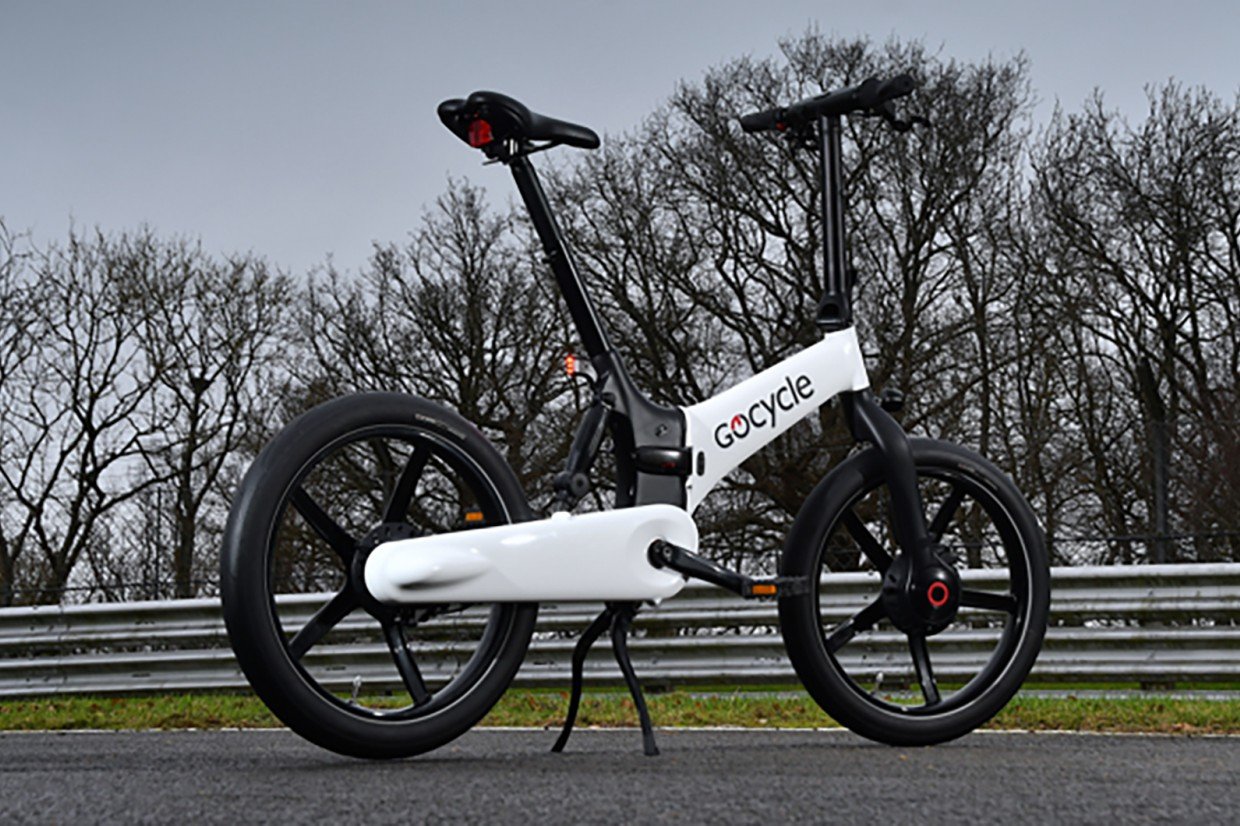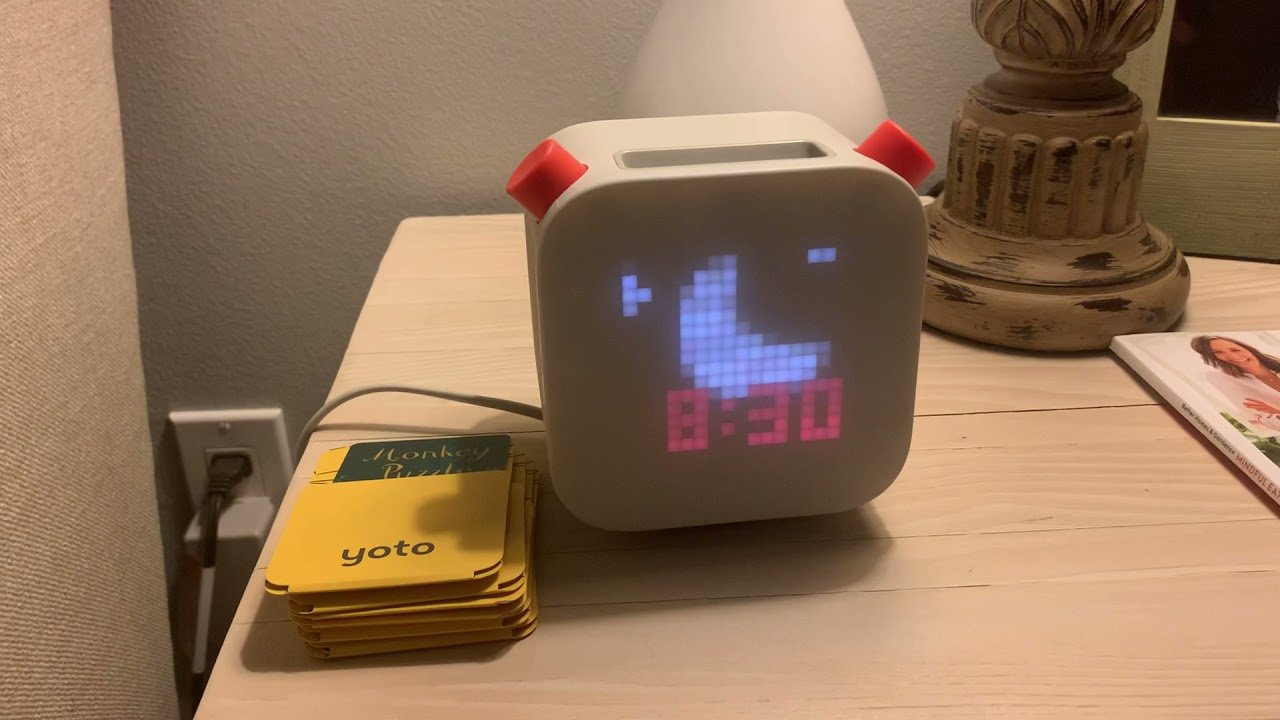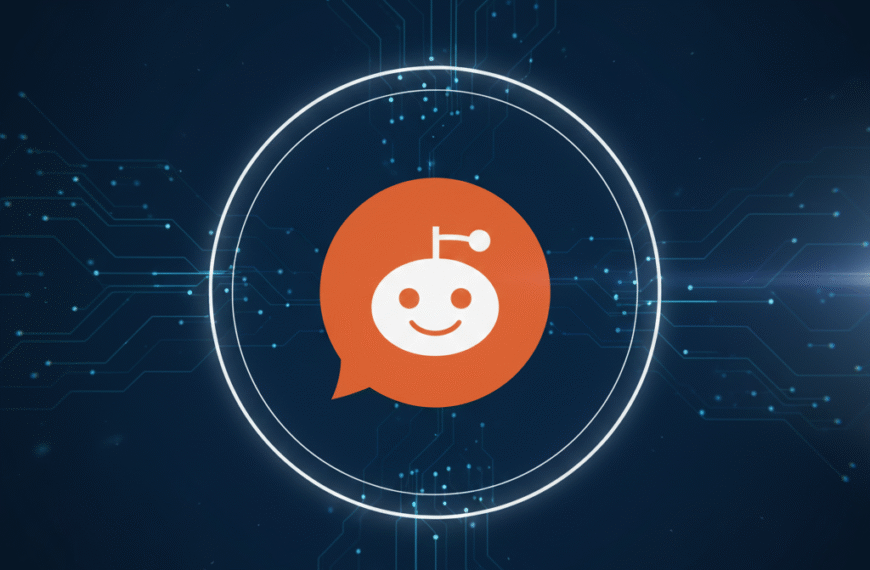Google Glass is a smart Android device that can be used for controlling voice and motion. This equipment has the capability to project information directly to the users’ view. This new innovation uses augmented reality technology by getting visuals, audio, and location-based information as inputs. For instance, users can get flight status automatically when they enter the airport.
An Android-based operating system forms the basis for Google Glass. The OS of this device has the capability to run Glassware, specially built application virtualization software tools. Instead of a full desktop, a user can receive an app from this smart device. The glasses contain a camera for taking videos and photos as well as built-in Wi-Fi and Bluetooth connectivity.
This Google Glass uses motion and voice recognition sensors to analyze and process users’ inputs. Additionally, the rim of the glasses has a touchscreen. At the same time, this device uses a micro projector to provide the necessary information requested by users correctly. For that, this smart item uses a private channel of communication. This channel can be accessed only by the relevant user. In addition to that, for visualizing images with genuine colors, this device uses field sequential color (FSC) liquid crystal on silicon (LCOS) system. A color television system that uses FSC sends the primary color information in ongoing pictures, leaving it to the human eye and brain to compile the data into a color image.
When considering the key features of this device, we can pay special attention to the small semi-transparent screen on the upper right side of the spectacles. This screen communicates information to the users and only takes up around 5% of the wearer’s natural field of view. Here, the users must look up in order to see the screen, which puts it out of their direct line of sight. This functionality is crucial because improper display positioning could have major safety implications.
Moreover, this smart innovation has the capacity to record and share images and videos of what the user is experiencing with the use of Google Hangouts. At the same time, users can work with search engines through glasses with internet connections. Also, it has the capability of receiving translations through a screen directly on the wearer. Furthermore, it works as a visual reminder for the users to carry out specific duties or tasks that will cause a notification to show on the user’s screen each time they glance at a specific object. For this purpose, these glasses are integrated with the calendars stored on the users’ smartphones or computers so that this spectacle can give reminders to the users in case of events and meetings.
The interesting part is this smart device supports video and audio call for the wearers. Instead of speaking face-to-face, wearers can show the other person exactly what they are viewing during video chats. In addition to that, this equipment has the capacity to reply to emails and text messages with voice dictation. Also, this device collaborates with Google Maps to deliver detailed instructions using a screen-mounted map. Amazing right?
These glasses have been designed especially for use in places like factories, warehouses, and hospitals. The glasses’ advantages in these circumstances include time and money savings as well as increased safety. The hands-free function and ability to always be linked to the network increase worker safety.
Another advantage is that the user can always see the head-mounted display because it is always in their range of vision. As a result, wearers can receive and send messages and notifications without having to open their mobile devices or smartphone. Another benefit of the product is that children with autism can use this smart device. Numerous studies have proved that it has the possibility of using Google Glass to enhance social connections for autistic children.

